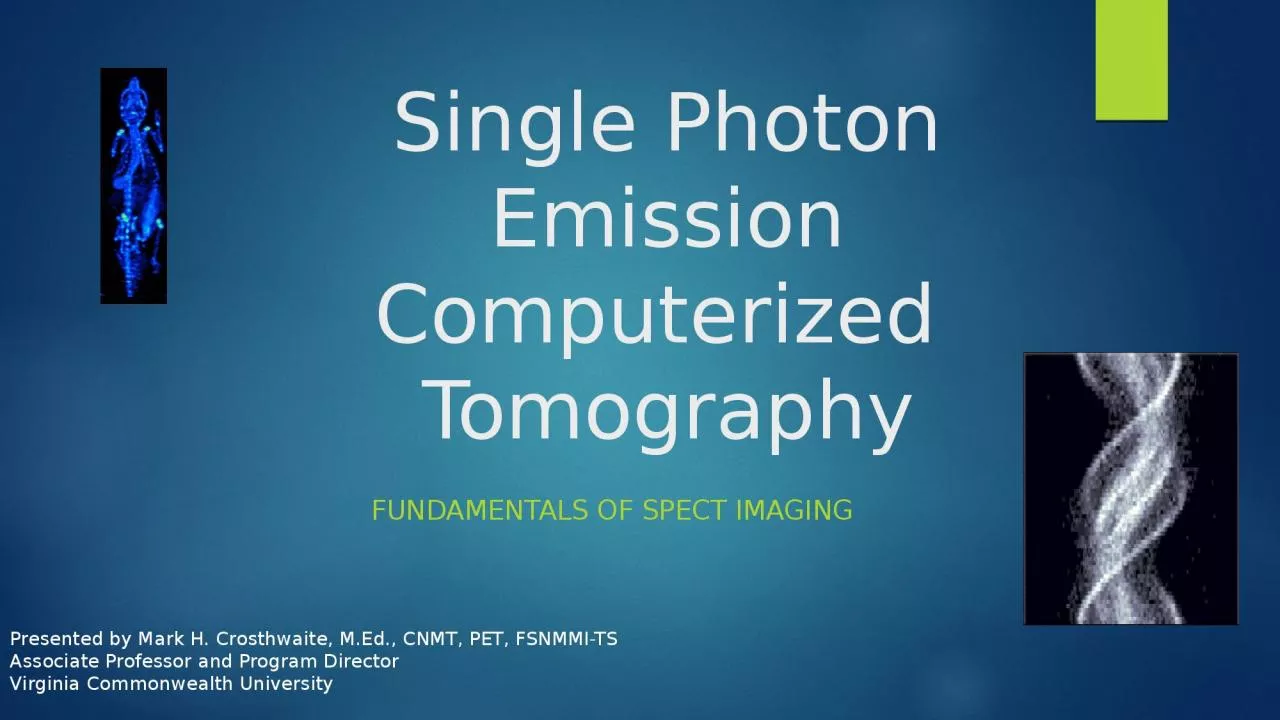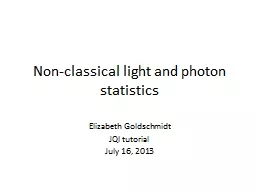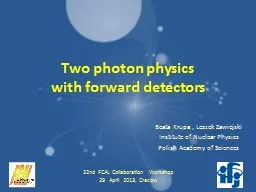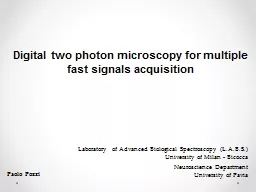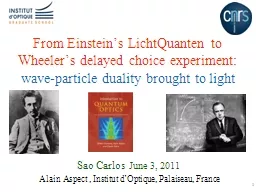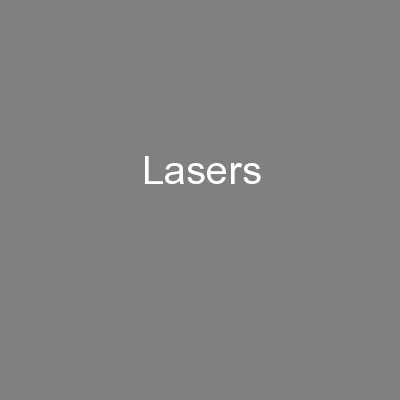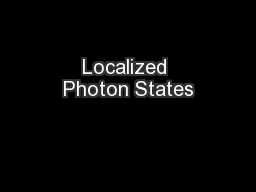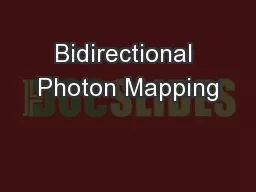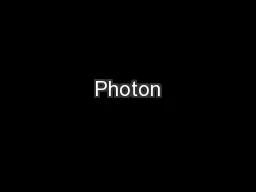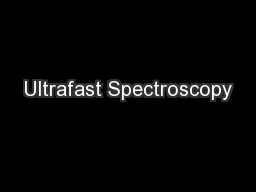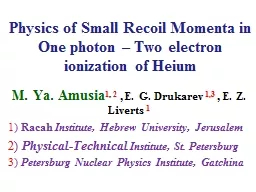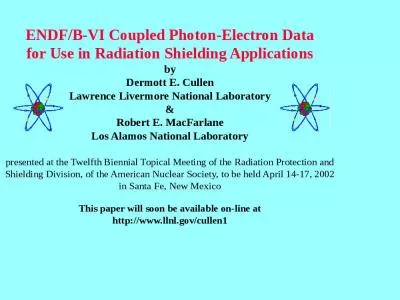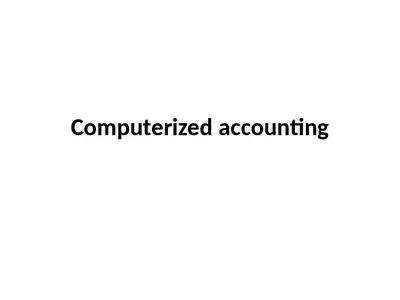PPT-Single Photon Emission Computerized
Author : caitlin | Published Date : 2022-07-01
Tomography Fundamentals of SPECT Imaging Presented by Mark H Crosthwaite MEd CNMT PET FSNMMITS Associate Professor and Program Director Virginia Commonwealth University
Presentation Embed Code
Download Presentation
Download Presentation The PPT/PDF document "Single Photon Emission Computerized" is the property of its rightful owner. Permission is granted to download and print the materials on this website for personal, non-commercial use only, and to display it on your personal computer provided you do not modify the materials and that you retain all copyright notices contained in the materials. By downloading content from our website, you accept the terms of this agreement.
Single Photon Emission Computerized: Transcript
Download Rules Of Document
"Single Photon Emission Computerized"The content belongs to its owner. You may download and print it for personal use, without modification, and keep all copyright notices. By downloading, you agree to these terms.
Related Documents

